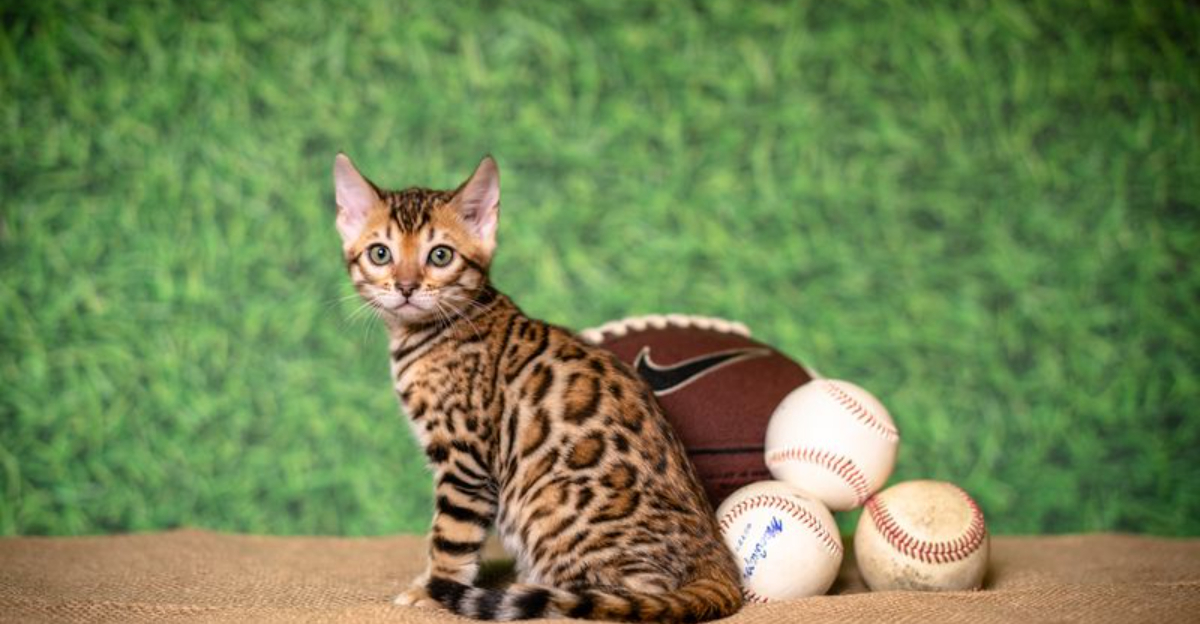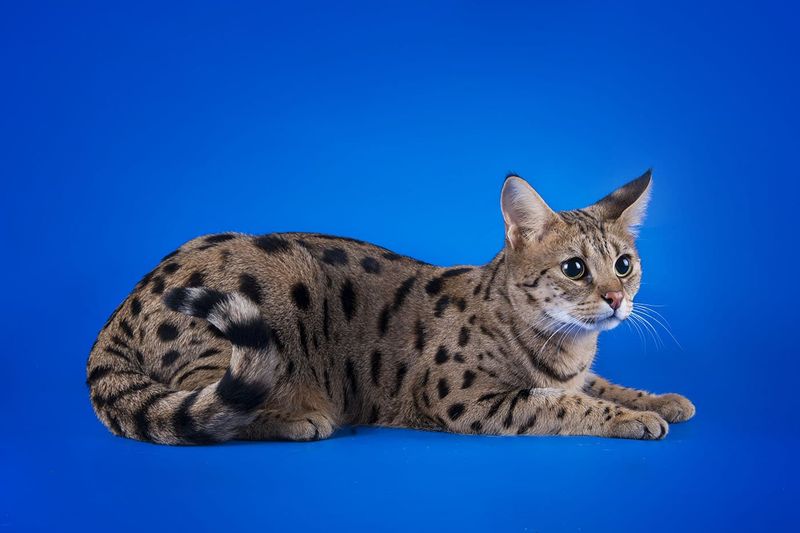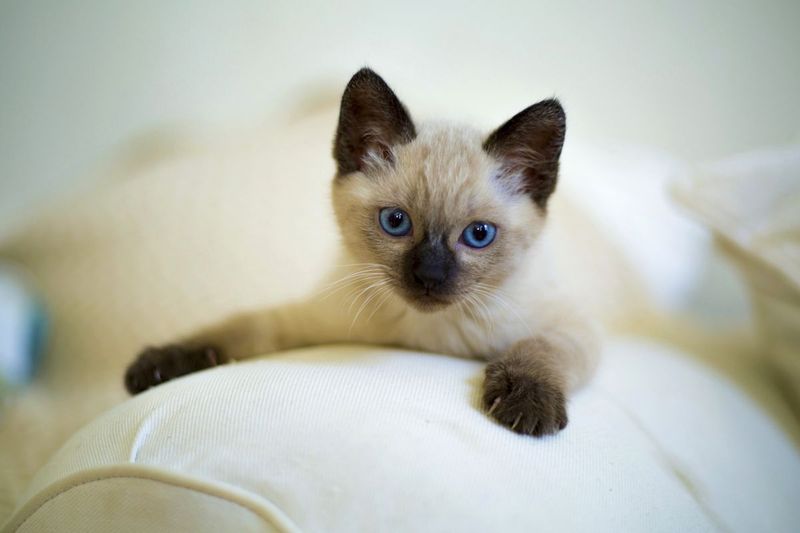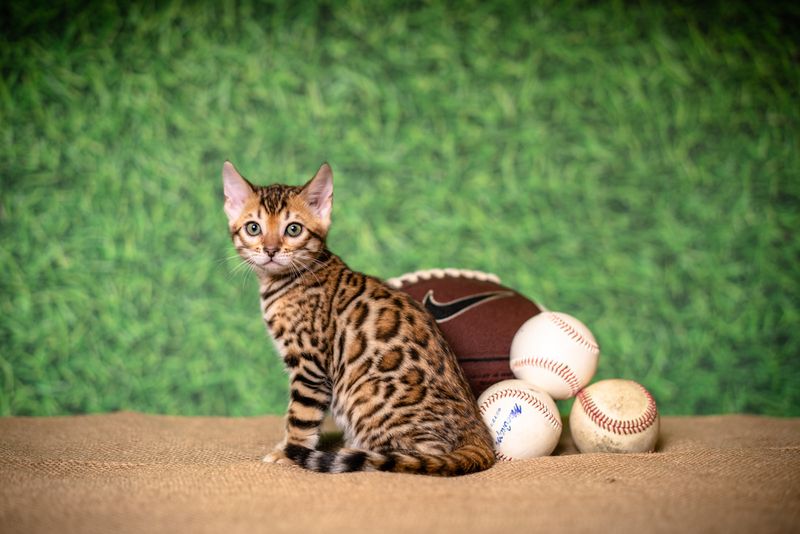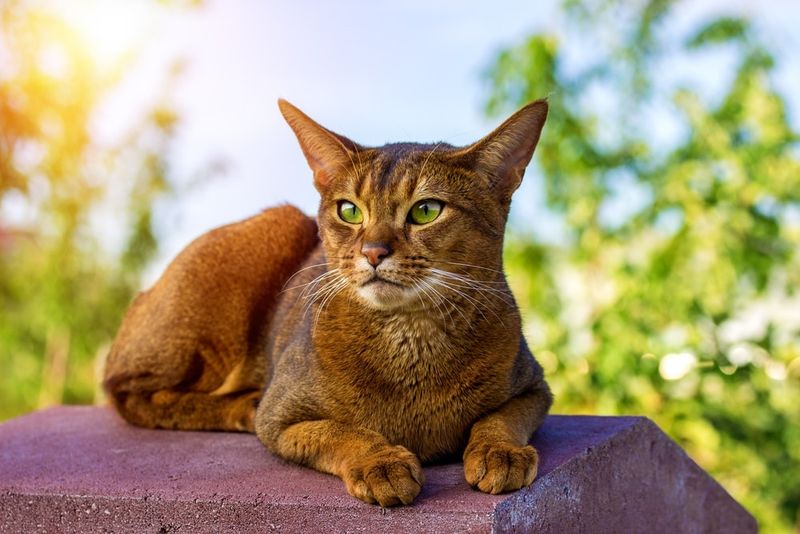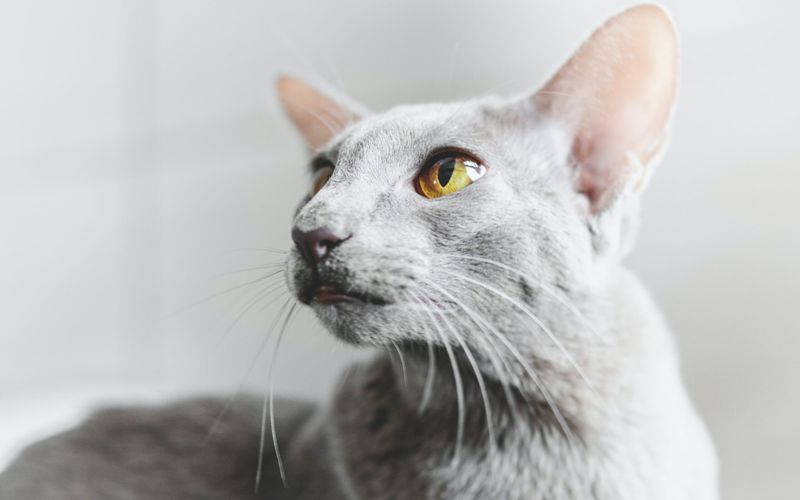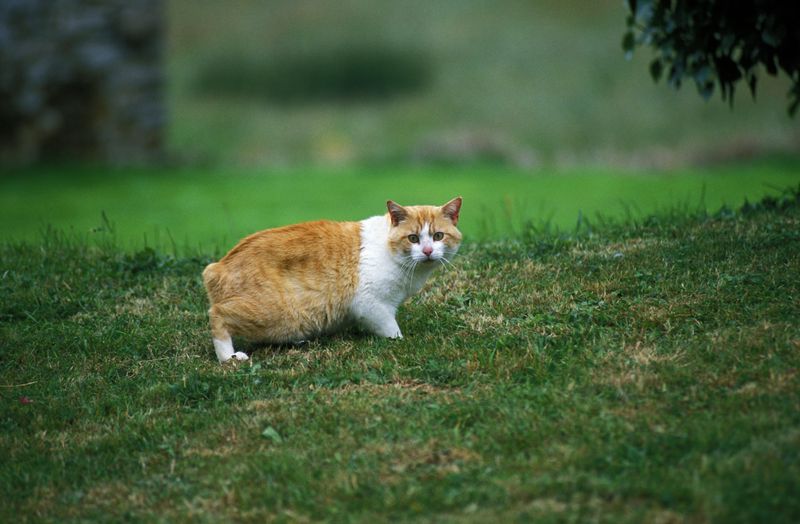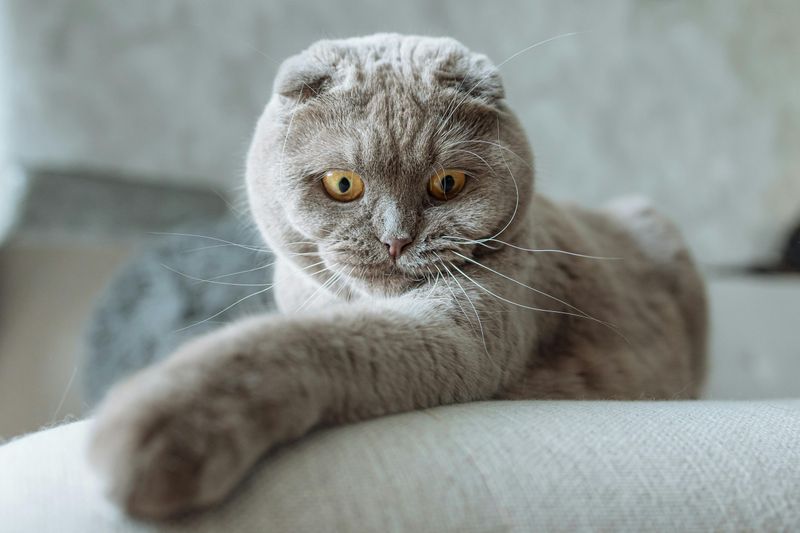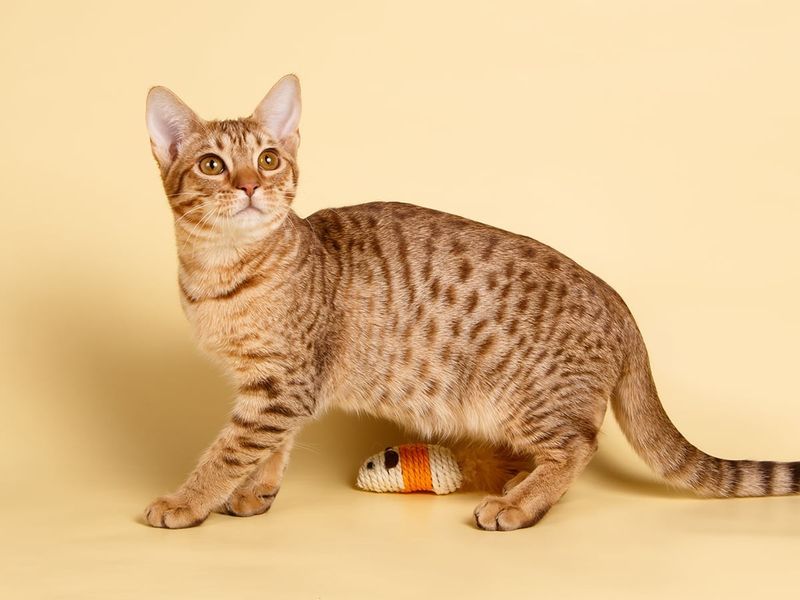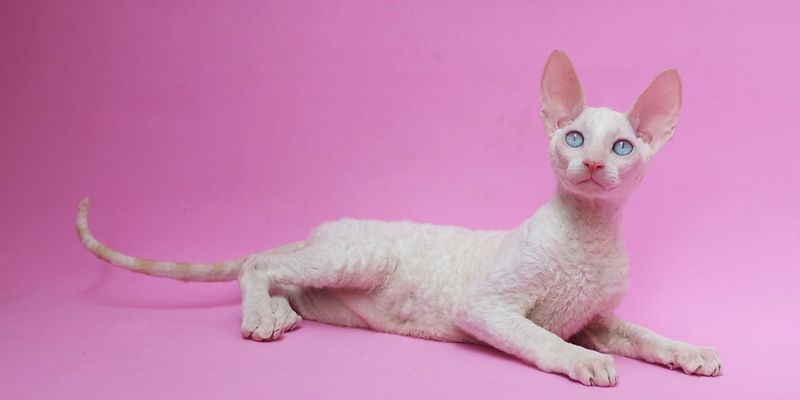📖 Table of Content:
Choosing the right cat breed for your home involves more than just selecting a cute face. For pet lovers who share their space with smaller animals—like hamsters, birds, guinea pigs, or reptiles—the breed’s temperament and prey drive can make a big difference. While cats and small pets may peacefully coexist under ideal conditions, some feline breeds have instincts that make this pairing a risky venture.
Natural hunters by design, cats often view small, fast-moving creatures as prey. Even if a cat doesn’t mean harm, its curiosity and reflexes can easily lead to distress—or worse—for vulnerable pets. Understanding which breeds are more prone to these behaviors can help prevent heartbreak and ensure a safe environment for all animals involved.
Not all cats are alike, of course. A well-trained and supervised feline may learn to coexist with smaller animals, but some breeds are simply more difficult to manage in such situations. If you’re a small pet owner considering a feline companion, it’s essential to know which breeds might not be the best fit.
1. Savannah
Originating from a cross between a domestic cat and the African serval, Savannah cats bring a wild streak into any home. Tall, sleek, and muscular, they possess a drive to hunt that rivals many predators in the animal kingdom. While they may bond deeply with their human families, their tolerance for other creatures—especially tiny, unfamiliar ones—is questionable. It’s not unusual for a Savannah to stalk a small animal enclosure or attempt to interact through the bars. These cats also need significant space to roam and activities to keep their minds busy. When under-stimulated, they may channel that energy into chasing or pouncing on whatever moves. Small pets are often viewed more as entertainment than companions in the eyes of a Savannah.
2. Siamese
Known for their vocal personalities and deep attachments to humans, Siamese cats might appear safe at first glance. However, they’re extremely inquisitive and thrive on stimulation, making smaller pets potential targets of fascination. A skittering gerbil or flitting finch can pique their interest to a dangerous degree. Once intrigued, Siamese cats are persistent and can spend hours trying to reach or interact with their target. Their intelligence and persistence make traditional barriers or cages less effective. Even if not predatory in intent, their need to explore and engage can lead to accidental harm. Siamese cats may love people, but their relationship with smaller animals is far less predictable.
3. Bengal
Touting a lineage that traces back to the wild Asian leopard cat, Bengals are striking in appearance and fierce in personality. Their powerful build and energetic nature demand stimulation, which often manifests in chasing, climbing, and hunting behaviors. Unlike more docile housecats, Bengals thrive on activity and will rarely ignore a moving target. A hamster spinning in its wheel or a bird fluttering in a cage could easily catch their eye—and keep it. They’re also known for opening doors, jumping on enclosures, and outsmarting basic pet-proofing efforts. In homes with small pets, this combination of athleticism and intensity can quickly become a safety concern. Bengals aren’t malicious, but their natural instincts are difficult to suppress.
4. Abyssinian
Their boundless energy is charming, but it also means they’ll chase almost anything that moves. A cage isn’t much of a deterrent for an Abyssinian’s curiosity. These cats don’t hesitate to climb, paw, or investigate enclosures with great enthusiasm. Because they’re so bold and fearless, they may stress out smaller pets even if no direct contact is made. Visual stimulation alone can be overwhelming to animals like birds or rodents. The Abyssinian’s zest for life makes them a handful in any setting that includes small creatures.
5. Oriental Shorthair
Sleek and expressive, the Oriental Shorthair is as energetic as it is vocal. These cats form strong attachments and often follow their owners around like shadows. But when their humans are away, their attention can quickly shift to the next most interesting thing—often a small, scurrying animal. Curiosity turns to obsession when movement and noise from cages become irresistible stimuli. Oriental Shorthairs are problem-solvers, which makes them quite adept at opening cage doors or finding creative paths to hard-to-reach places. While their intentions may not be aggressive, the impact on small pets can be severe. They’re best matched with homes free of vulnerable animal companions.
6. Turkish Van
With a reputation for loving water and high places, Turkish Vans bring a unique twist to feline behavior. They’re natural explorers who enjoy active play and often stake out territory with pride. When a small animal enters that space, conflict is almost inevitable. Turkish Vans can be territorial and may view tiny pets as invaders—or toys. Even the securest of enclosures can fall victim to their strength and tenacity. Because of their independence, training them to stay away from smaller pets can be an uphill battle. Households with sensitive or easily frightened animals might find this breed more trouble than joy.
7. Manx
Recognizable for their tailless appearance, Manx cats are surprisingly strong and fast. Historically valued for their rodent-catching skills, they bring serious hunting energy into any home. Their instinctive response to quick, darting movements makes cohabitation with small pets challenging. Though affectionate with humans, Manx cats often treat small creatures as prey by default. They’re also known to “stalk” quietly before pouncing—making them a stealthy threat. It’s not just physical aggression that poses danger; even sustained observation can stress small pets out. When instinct kicks in, a Manx rarely holds back.
8. Scottish Fold
Charming in looks with their iconic folded ears, Scottish Folds are more complex than they appear. They tend to be calm but have sudden bursts of curiosity and energy that can surprise even seasoned cat owners. A fluttering wing or rustling bedding in a hamster cage may trigger their investigative streak. Though they aren’t the most agile climbers, they’re tenacious once focused on a goal. Smaller pets may suffer from the constant looming presence of a curious cat nearby. Enrichment toys may help distract them, but there’s no guarantee they’ll leave small animals alone. In many cases, the Scottish Fold’s silence is more unsettling than their action.
9. Ocicat
Although not truly wild, the Ocicat’s name and looks are inspired by the ocelot—a fierce jungle predator. These cats are intelligent, bold, and love to interact, which doesn’t always bode well for tiny animal companions. Unlike shy breeds, Ocicats will go straight for what interests them. A cage, tank, or even a high shelf won’t necessarily stop their pursuit. They’re also very social and may become jealous of attention given to other pets. This combination of confidence, curiosity, and competitiveness can create unsafe dynamics. For the well-being of all animals involved, caution is essential when housing Ocicats with small pets.
10. Cornish Rex
Unlike most cats, the Cornish Rex boasts a slender body and wavy coat—and the agility of a gymnast. These cats are perpetually in motion, often bouncing off walls, racing through hallways, or scaling furniture. Their speed and coordination make them capable of accessing nearly any area, including pet enclosures. The flutter or squeak of a small animal is like a magnet to their heightened senses. Once curious, they may fixate and become difficult to distract. Even if playful rather than aggressive, their enthusiasm can cause injury or significant stress to smaller animals. The Cornish Rex is a joyful cat—but a risky one around delicate pets.
